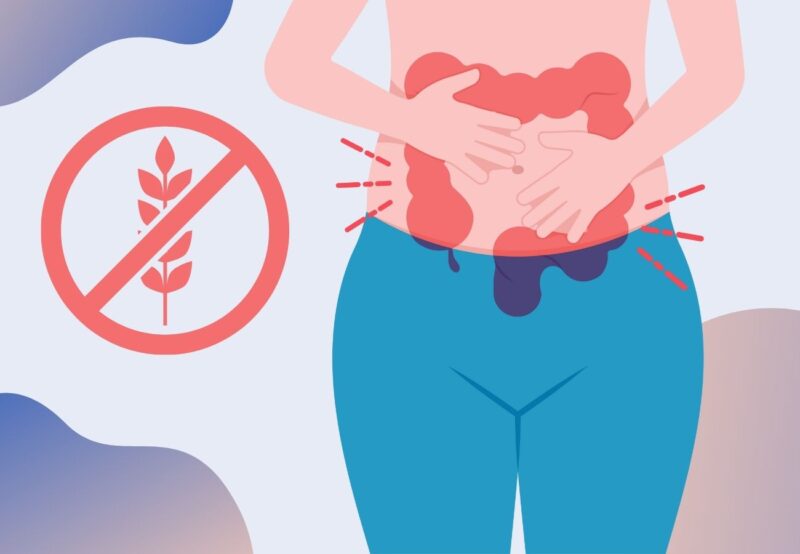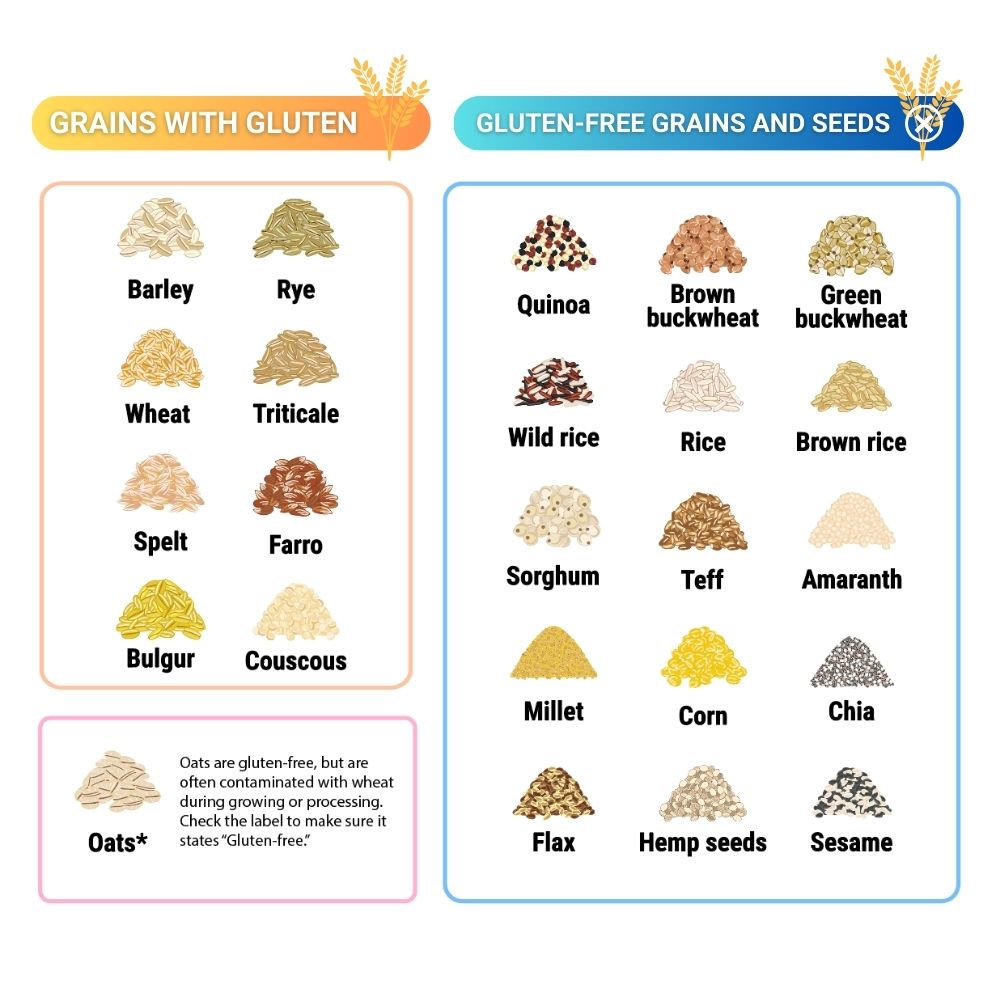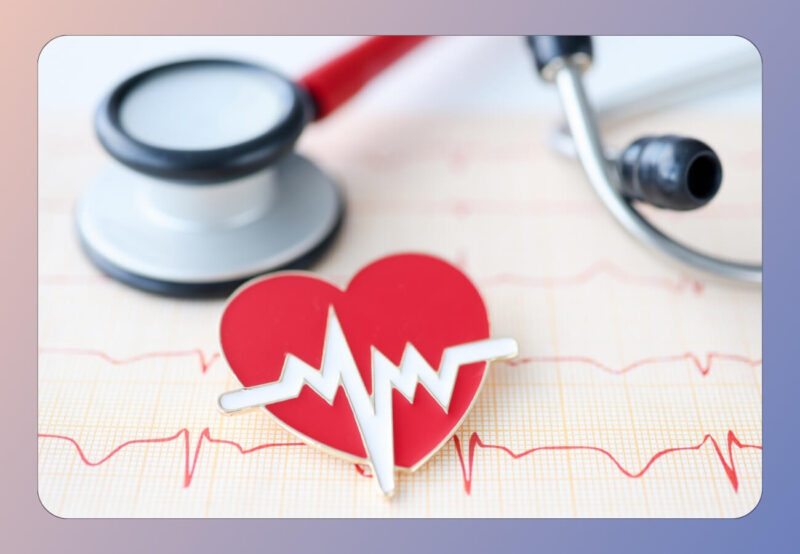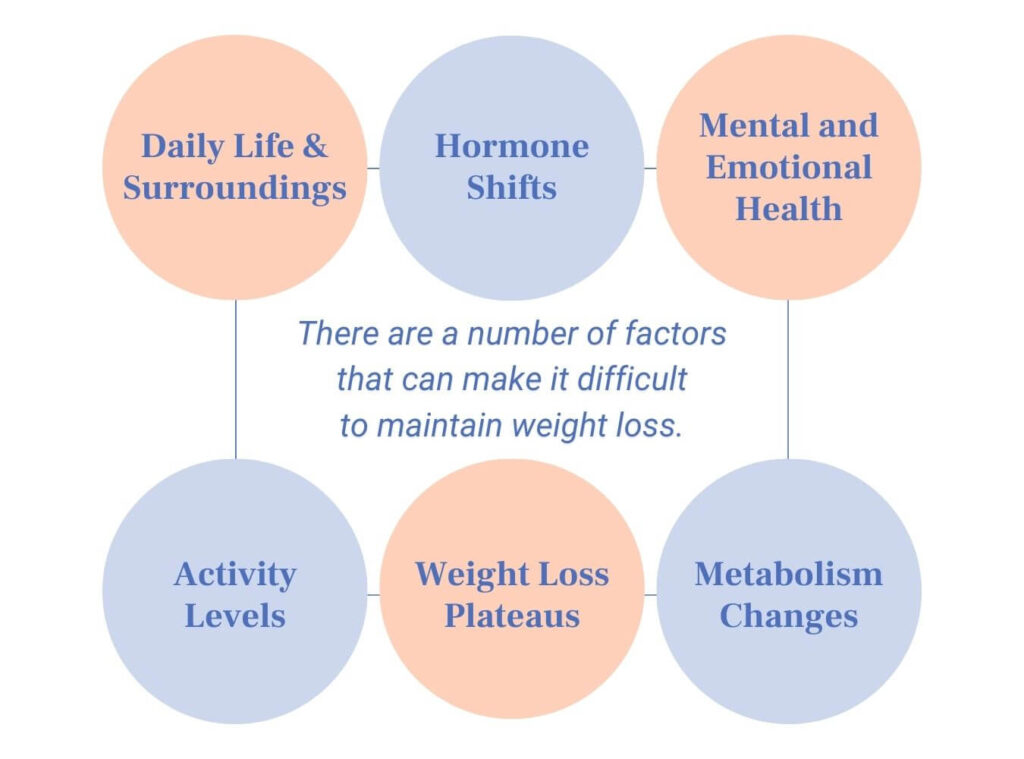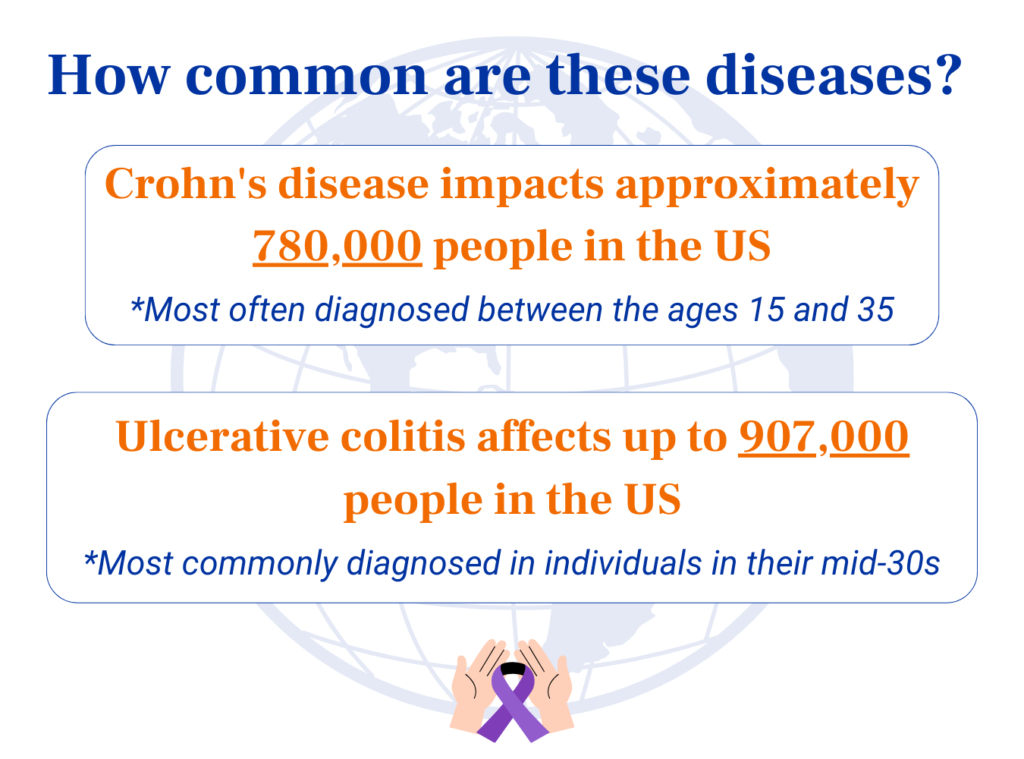Sprains and strains are not just common among athletes—they’re a part of everyday life for many adults. Things like playing sports, not warming up enough before a workout, or simply getting older can up your chances of experiencing them. There’s no need to feel embarrassed about getting these injuries, but it’s still important to do what you can to prevent them. That’s why today, we’re exploring what sprains and strains really are and how you can properly treat them when they happen.
Understanding the Difference Between Sprains and Strains
While many people mix up these terms, sprains and strains actually refer to injuries that affect entirely different parts of your body. A sprain is an injury to your ligaments—the tough, fibrous bands that connect two bones together in your joints. This painful mishap occurs when ligaments are overstretched or torn, often during a sudden twist or fall. Common culprits? Your ankles, knees, and wrists. During a sprain, you might face intense pain, swelling, or trouble moving the affected area.
A strain involves damage to the muscle fibers or tendons, the vital cords that tether your muscles to your bones. Often called a pulled muscle, strains occur when these tissues are overstretched or torn. This type of injury is frequently seen in the lower back, neck, shoulder, and hamstring. Just like sprains, strains can unleash a painful trio of swelling, bruising, and discomfort, along with weakness in the affected muscle.
What Triggers These Injuries?
We know that both sprains and strains can cause excruciating pain, but what actually triggers these injuries? Common causes of sprains include…
- Falls: Falling can cause a joint to twist unnaturally, easily stretching or tearing the ligaments that connect bones together at the joint. This is a typical way people end up with wrist and ankle sprains.
- Sudden Twists: You often see this in sports when you pivot on one foot and your body turns the other way, which can easily lead to knee or ankle sprains.
- Impact During Sports: Whether it’s a direct hit in a football game or an awkward landing after a basketball jump, these kinds of impacts can force joints into unnatural positions.
- Overextension: Extending a joint beyond its usual range, like stepping off a curb awkwardly, can also lead to sprains.
- Repetitive Stress: Constant stress on a joint, common among athletes like tennis players who perform the same movements repeatedly, gradually weakens ligaments and causes sprains.
- Improper Warm-ups: Working out without adequate preparation makes ligaments more prone to injury.
- Wearing the Wrong Shoes: Wearing inappropriate footwear, like worn-out sneakers for running or being barefoot while playing sports, can increase your risk.
Strains share some common triggers with sprains, but they specifically affect muscle fibers or tendons and can also come from:
- Overexertion: Pushing muscles beyond their capacity, whether by lifting too heavy or increasing exercise intensity suddenly, often results in strains.
- Poor Technique: Incorrect form during physical activities, especially in weightlifting or other exercises, can put too much stress on your muscles.
- Fatigue: Tired muscles cannot properly support your movements and are more susceptible to strain-inducing stress.
- Previous Injury: Previously injured muscles that aren’t fully healed are more likely to be reinjured.
- Aging: As muscles get older, they lose elasticity and strength, which makes them more prone to strains—even during normal daily activities.
Sprains vs Strains Symptoms
When you experience a sprain or strain, the initial pain is sharp and intense—a clear signal that something is wrong. As time progresses, this pain shifts to a persistent ache or throb. Sprains typically cause rapid swelling around the joint, contrasting with the more gradual swelling of strains that stay confined to the affected muscle or tendon.
Bruising also varies between the two. In sprains, it usually encircles the joint while strains target the specific muscle or tendon area. Mobility can be a major challenge for both injuries, but severe sprains can completely immobilize the joint. A major sprain might also produce a distinct popping sound or sensation at the moment of injury, while strains often lead to muscle spasms.
How Do You Treat a Sprain or Strain?
The R.I.C.E. method—Rest, Ice, Compression, Elevation—is a tried-and-true approach to treating sprains and strains. Begin by giving the affected area adequate rest, then apply ice to reduce swelling. After the initial swelling subsides, switch to heat therapy to promote healing. Over-the-counter pain relief medications like aspirin and ibuprofen can also help manage discomfort, but resist the urge to dive back into the game too soon. Taking it slow gives your body the time it needs to bounce back stronger.
Effective management and rehabilitation can play a key role in your recovery process. This may involve physical therapy to strengthen and rehabilitate the injured area. A tailored exercise regimen, monitored by healthcare professionals, can help restore function and prevent future injuries. It’s essential to regularly monitor your progress and adjust your care plan as needed to ensure optimal recovery.
Prevention is always better than cure when it comes to sprains and strains. This starts by priming your body with a proper warm-up before any physical activity to help boost blood flow and enhance flexibility. When it comes to heavy lifting, make sure you know the proper techniques for picking up weights to safeguard your muscles from strain. And never underestimate the power of the right footwear. Choose shoes that are tailored to your activity for maximal support and stability. Lastly, remember to tune in to your body’s cues and dial back the intensity when needed. Pushing too hard only opens the door to injury.
How Proper Care Enhances Recovery from Sprains and Strains
Why should you bother with proper care for your sprains and strains instead of just letting them heal on their own? Because taking proactive steps to treat these injuries prevents further damage and complications down the line. Proper care also helps to alleviate pain and swelling, allowing for a smoother and speedier recovery process.
Don’t overlook the power of your primary care provider—they’re your gateway to injury assessments, personalized advice, and referrals to top-notch specialists like orthopedists or physical therapists. With their invaluable guidance and support, you’re equipped to conquer your injury and emerge stronger than ever. Don’t miss out on the chance to supercharge your recovery journey—it’s the cornerstone of a successful recovery journey.

